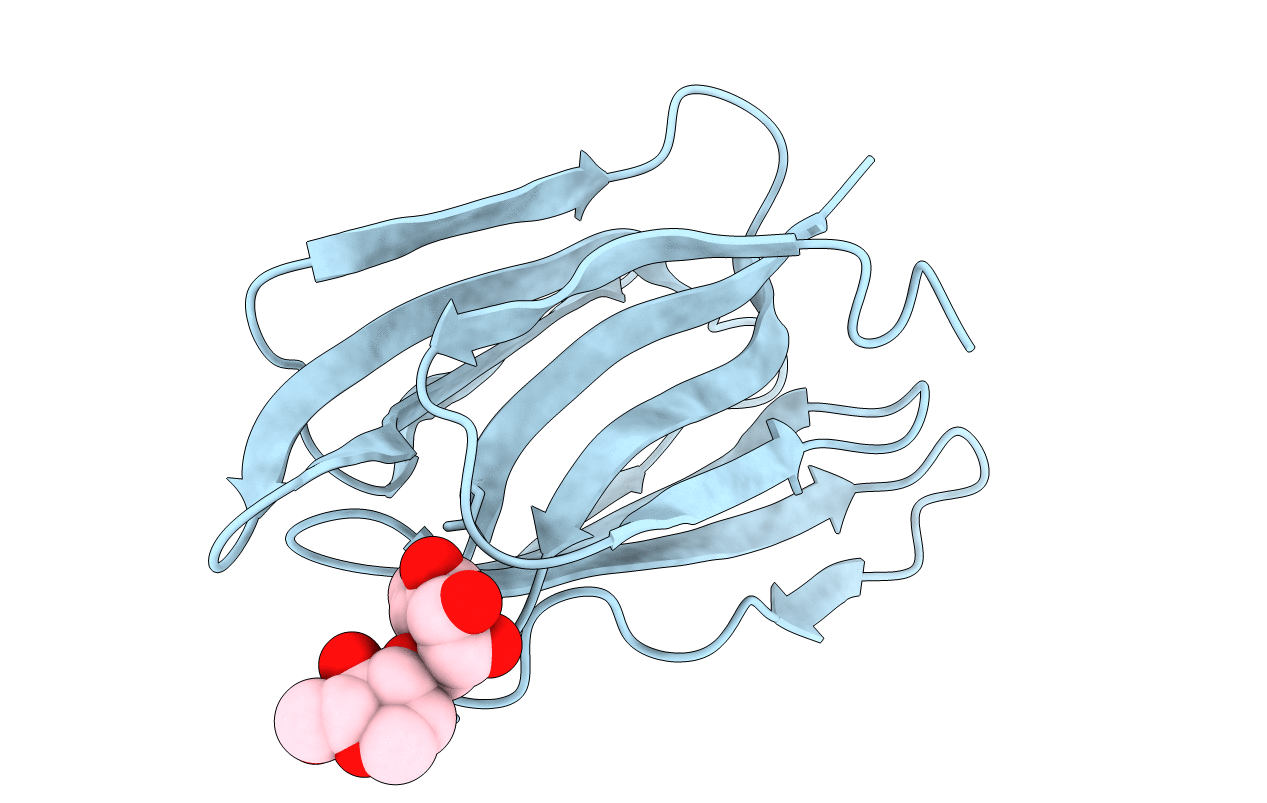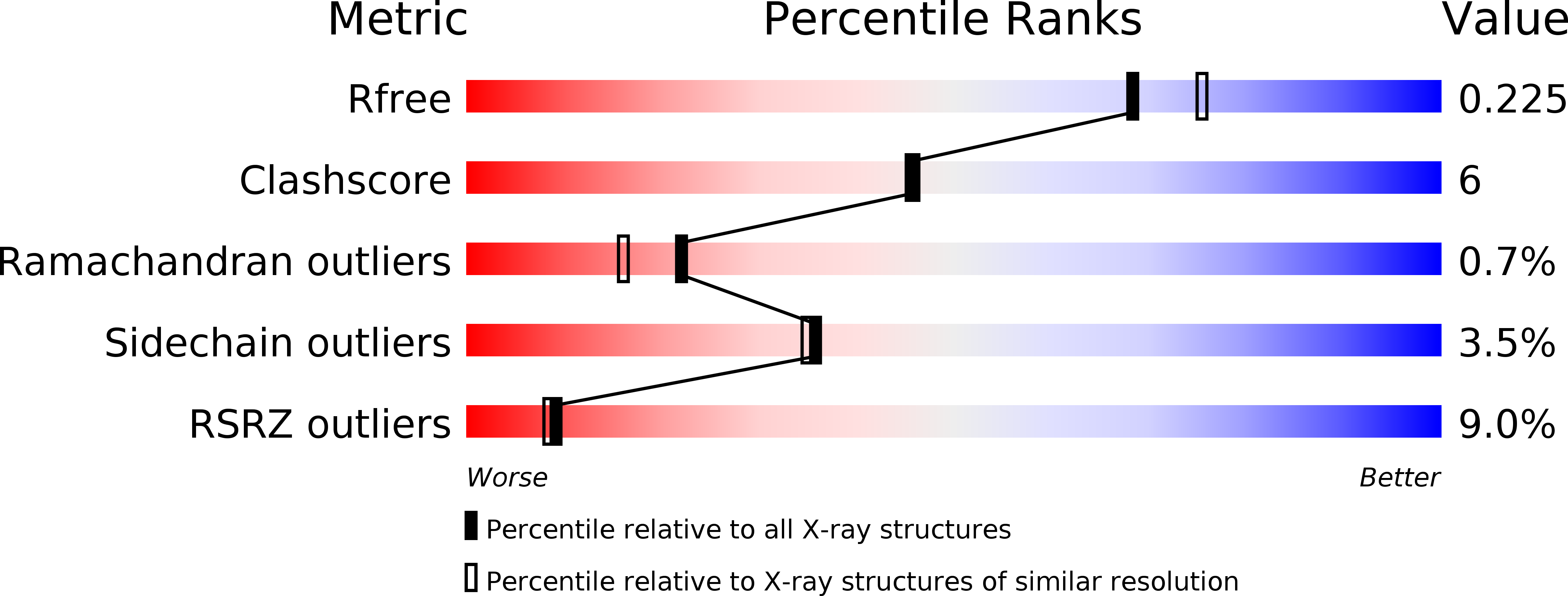
Deposition Date
1999-07-28
Release Date
2000-01-10
Last Version Date
2024-02-07
Entry Detail
PDB ID:
1C3M
Keywords:
Title:
CRYSTAL STRUCTURE OF HELTUBA COMPLEXED TO MAN(1-3)MAN
Biological Source:
Source Organism:
Helianthus tuberosus (Taxon ID: 4233)
Method Details:
Experimental Method:
Resolution:
2.00 Å
R-Value Free:
0.21
R-Value Work:
0.17
Space Group:
I 4 2 2


